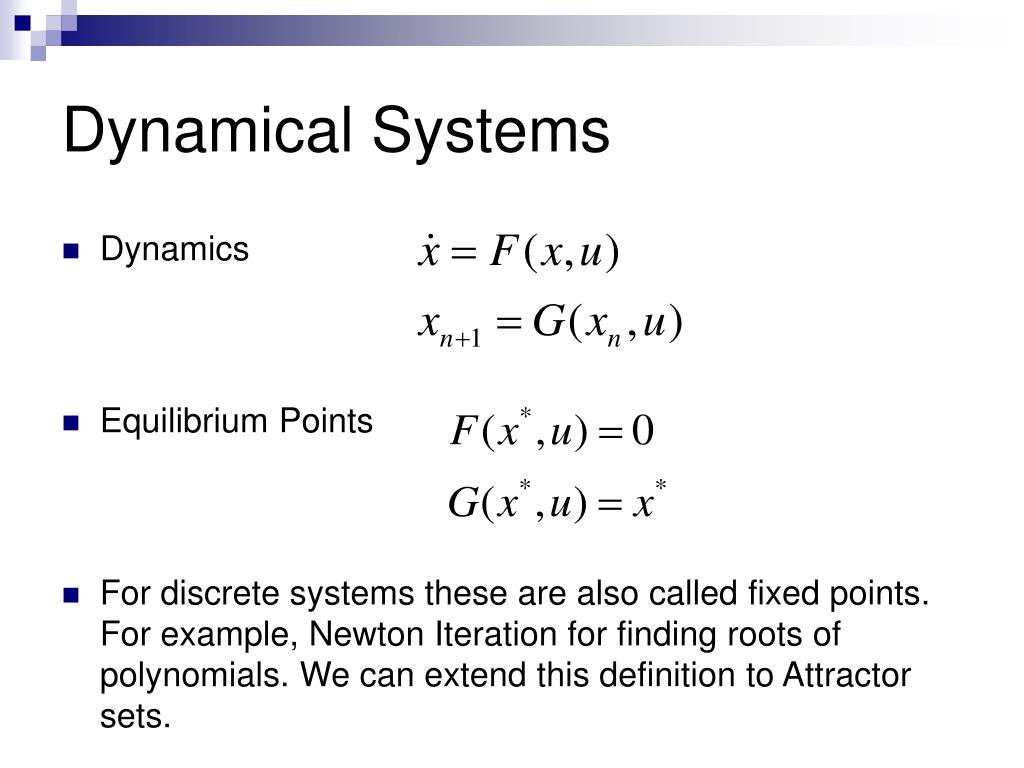
Emergence of patterns: the interaction of a large number of entities, each of which behaves according to rather simple but nonlinear rules, often lead to unexpected emergent patterns. This leads to computer-assisted theorems uncovering properties of dynamical systems not accessible to traditional pen-and-paper analysis only.Ĥ.

Computational dynamics: we develop methods to capture rigorously important aspects of dynamical systems based on computer calculations, using both functional analysis and computational Conley index theory.

Applications in systems biology: in a thriving collaboration with the systems biology group, we study bifurcation theory for metabolic pathways, optimization problems, stochasticity in signal transduction and community microbiology.ģ. We study the relation between the architecture of a network and its dynamics.Ģ. Dynamics on networks: the dynamics of systems with a network structure, such as neuronal networks, metabolic pathways and power grids, display extraordinary dynamical behaviour such as synchronization. Dynamical systems are usually described by ordinary differential equations (in finite dimensions) or partial differential equations (in infinite dimensions), but more general dynamical systems (maps, delay equations, stochastic aspects) are also considered.Ī non-exhaustive selection of current, thriving research topics is:ġ. This research is inspired both by the central role of dynamical systems in modern mathematics and by the fact that they arise throughout the sciences as models for such diverse phenomena as the spreading of diseases, the weather system and satellite positioning.


 0 kommentar(er)
0 kommentar(er)
